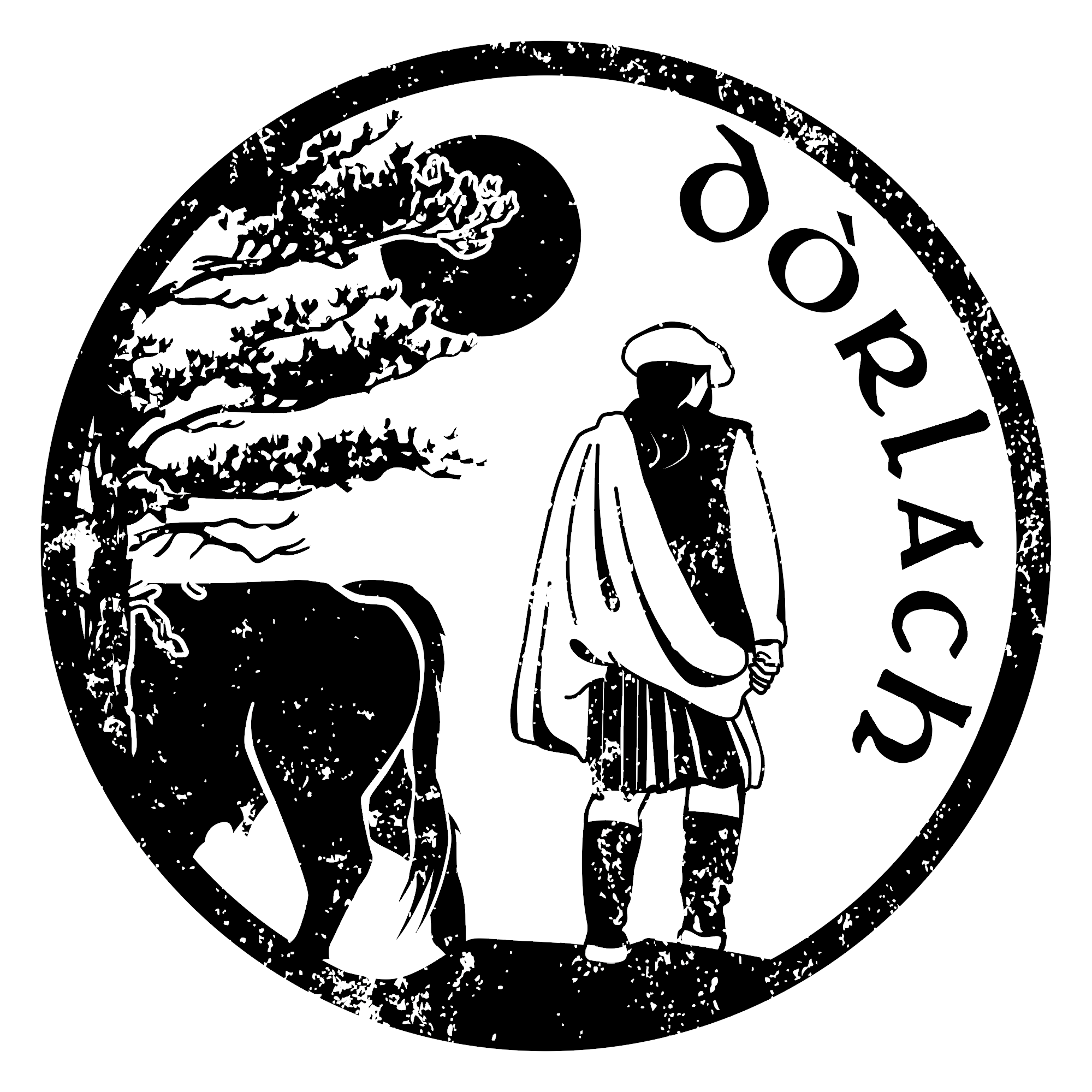
Latha math dhuibh, a chàrdan.
In this month’s blog covering the month of February 1876, life continues on for David in the big smoke as he endeavours to make a living in Victorian Edinburgh working at J.B. Low the grocer’s shop.

FULL TEXT WITH COMMENTARY (in brackets and italics)
FEBRUARY
1st
In the shop all day. Spent my dinner hour in the Botanical Garden.
5th
Posted the Weekly Scotsman to Father and Uncle and will do so as long as I can.
(It appears as if David anticipated money becoming a little tight)
6th
Benjamin came down to my lodgings. We had a walk to Leith Docks thence to 11 Glen Street. Had dinner there. Alex and I went to the Unitarian Church. Had a walk on Princes Street.
(The St Mark’s Unitarian Church was built in 1835, the Edinburgh congregation having been founded in 1776. By David’s time – precisely a century later – it would appear as it Robert Drummond was still minister there, remaining in situ altogether for 56 years. My friend James MacDonald Reid is a current member of the church and also has the privilege of being able to practice his bagpipes in the building on Castle Terrace [roof visible below right – (c)Harvey Wood Lost Edinburgh Facebook] facing as it does the fortress itself. More history can be found at the St Mark’s website)

8th
In the shop until 6 o’clock. Then asked away to go to the Waverley Hall to see An American Panorama.
(I am assuming that “An American Panorama” was a stage play and that the Waverley Hall was a theatre venue, but I can find no information either to confirm nor deny this assumption, ÀM)
9th
Had a letter from D. Tait, Wick.
12th
Had a letter from Margaret Mackay.
(Daughter of Ellen Sutherland & David McKay, married 1854. Margaret would be about 19 [LM – my grandmother Laura MacLeod seems to have cleared up previous confusion over who this lady was, ÀM])
13th
Went to Glen St; had a walk with Benjamin and Alex to Leith Docks. When coming back, met Miss Ross. Went in with her to Pilrig[?]. Went to Prospect Place to see Sinclair. Had a walk with her.
(The only person I can think of who might fit the bill of being connected to the family would be a relative of the Ross family who lived next door to my Sutherland folk at Leodibest in Srath Latharn a’ Phuill [Strath of Latheronwheel] as it does not appear as if the tenant Uillean Rosach [William Ross] had any offspring living with him by 1881. I shall have to investigate earlier records. William’s wife was originally from Raoghard, Cataibh [Rogart, Sutherland] and those resident at the time of the census were all Gaelic speakers, ÀM)
20th
Inside writing letters. Wrote to Neil Mackay, Miss Mackay, D. Campbell, Rose, Uncle George and D. Tait. Called on Sinclair, my cousin, 23 Minto Street.
(All noted here have been investigated in previous blogs, save for D. Campbell, of whose identity I am uncertain. There were many Campbells in the the Strath of Latheronwheel; so much so in fact that it came to be referred to as Gleann nan Caimealach [Glen of the Campbells – thanks to George Bethune, Dunbeath, for this information]. We might assume that this proportion of Campbells in Latheron Parish was due to their attempt on the estates of Sinclair at Blàr Allt a’ Mheàrlaich [The Battle of Altimarlach] in 1680, arguably the last true clan battle in Scotland. Jimmag Black of Smerral informed me that his maternal grannie’s best friend and near neighbour was a Beatag Chaimeal [Bets Campbell], a fluent Caithness Gaelic speaker and a “lovely ould wifie”! ÀM)
27th
Benjamin came down. We went up to see A. Sutherland MacDonald. We went to the Free St. Columba Church. Went to Free Assembly Hall.
28th?
Had a letter from Inverness stating that the Glengarry Bonnets was 7/9 each.
(NB There was no date given next to the text for this section. Another carryover from David’s native Gaelic speech is the regular ommission of correct verbal conjugation in the diary text. In English, we change the form of the verb “to be” to suit the subject of a conversation, reflecting whether it is singular or plural, e.g. “the man WAS tall” but “the men WERE tall” whereas in the Gaelic, the form bha is used no matter the circumstance, e.g. BHA an duin àrd and also BHA na daoin àrd. David does not change the form of the verb in the above statement to reflect the fact that there were two or more bonnets under discussion.
Having been given no further information about the bonnets, we must assume that David was looking to purchase some. As we can see [right] Uncle Seóras Sùrlan [George Sutherland, 1818-1899] – to whom David would send the monthly Scotsman – seems to have worn one. Perhaps this was donned just for the photograph and not used during everyday work in the fields. The 7 shillings, 9 pence that the Inverness bonnets cost translates to around 39p in today’s money, whereas the modern Glengarry bonnet itself now costs closer to £39! ÀM)

In the next blog, we look at what David got up to in the month of March 1876, when Alexander Graham Bell patented the telephone.
Gach beannachd air an àm,
Àdhamh MacLeòid [ÀM]
